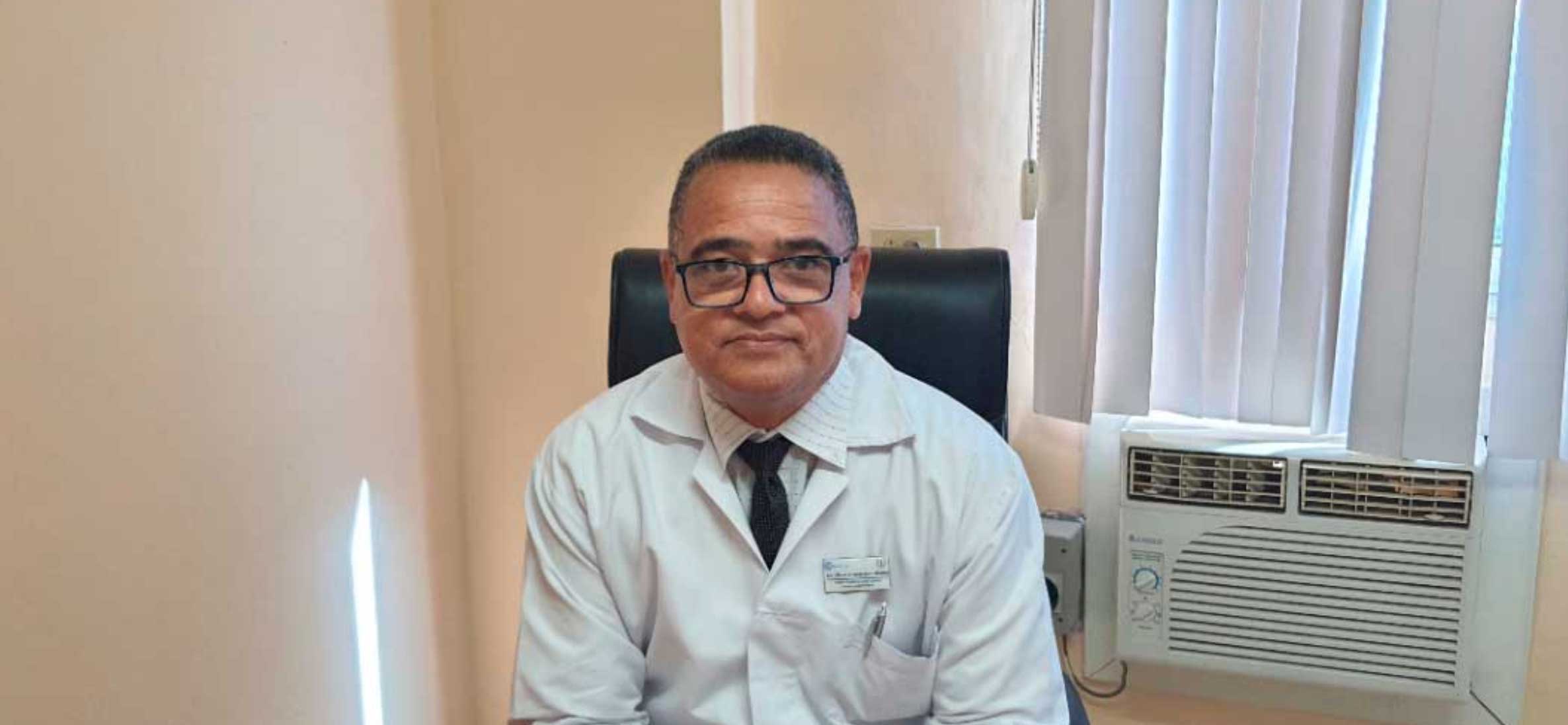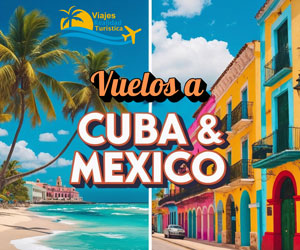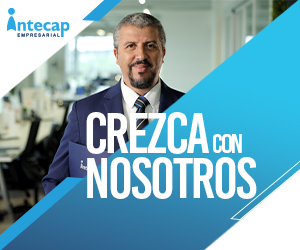Scalpel in hand, Dr. Hiram Rodríguez Blanco, a second-degree specialist in General Surgery, has delved into minimally invasive techniques, one of his professional passions that make him rather an “all-rounder” at the National Center for Minimal Access Surgery (CNCMA) in Havana, where he bets on several projects linked to modern science.
Cuban patients and from other latitudes attest to his performance in the surgery room, whether in the face of complexities of the thoracic region, inguinal hernia, hyperhidrosis, operations that today are the most daily to his credit, although he also faces others of magnitude.
Because Dr. Hiram is one of those who are deeply involved in the surgical process. He believes a lot in communicating with the patient before and after to create the necessary synergy in these cases. Consider that no matter how much the doctor does in the room, the patient’s behavior can contribute for or against the results. And in that eagerness, it is qualified as very demanding, a trait that with a bit of psychology manages to convince, explain and even change habits in favor of quality of life.
He is about to pre-defend his doctoral thesis based on his experiences in video-thoracoscopic sympathectomy in palmar hyperhidrosis, a project that since 2003 this center has been carrying out in the care of patients suffering from sweating not only of the hands, but of the soles of the feet, armpits and face. “In this way we eliminate excessive sweating, a trauma that has a great impact on the social life of those who suffer from it. It is a simple operation, about 10 minutes and consists of sectioning the sympathetic nerve, “he clarifies.
Seeing the immediate change when they return to the consultation and extend the hand that he did not give before for pity is very comforting for this surgeon who also performs other much more complex chest surgeries such as pulmonary emphysema, esophageal cancer, diaphragmatic hernias and mediastinum that demonstrate the usefulness of video thoracoscopy in the diagnosis and treatment of tumors that settle in it.
Or the surgery of major pulmonary receptions, an achievement of advanced science that places this hospital among the references of the country and among its benefits causes less pain to the patient, faster recovery and reintegration into social life with less risk of complications, in addition to the economic advantages it brings in the long term. “Hospital discharge ranges between three and four days,” he clarifies, “and there is also less involvement of the immune system that allows us to face adjuvant therapies in better conditions, when necessary,” adds this excellent master of conversation, who does not neglect his ethics and professionalism.
It also has a leading role in the CNCMA project related to hernia surgery, mainly laparoscopic inguinofemoral surgery, to which its attributes, among other values, access to intervene and place the mesh without destroying the inguinal canal, which is common in conventional procedures. He shows a video with the access equipment and its functions, while emphasizing that the rate of reappearance of the hernia is very low.
As science advances at an accelerated pace, the study is an imperative for this surgeon who loves to be aware of surgical novelties, especially those more advantageous such as the uniportal access route, an advance that allows with a single incision to perform the minimally invasive procedure, which he explains that he began with five ports, Then it was reduced to three until reaching one thanks to the innovation of an imminent Spanish scientist, he clarifies by showing the images on his mobile.
Anecdotes there are many of the many interventions he has made in this center that he respects and admires for the prestige he has gained in the world. “It is not by chance that we receive patients from different latitudes every year who leave words of gratitude for the human quality and service received. Unity and teamwork are our strengths and they capture it from the first contacts through the website, through Medical Health Services or simply by the multiplier effect of someone who came and recommends us, “he emphasizes.
Today he is an assistant teacher who one day as a student in the same center began to fall in love with these techniques. He was a pioneer in applying them at the National Hospital where he worked since he was a medical student at age 19, and which he considers one of the best schools of surgery in Cuba. He also received training at the Shanghai Pulmonary Hospital, in China, in Chile, but his greatest academy is that day to day in the salon, in the consultation, in the room, in the doctor-patient dialogue that he defends so much.
Then he recalls his 37 years of practicing medicine: “It is a race of sacrifices and distances. To the trips already mentioned are added the collaborations in Africa and Nicaragua. Without the support of the family I would not have made it this far. My wife is that essential support, the one who understands, cares and even inspires me to continue. I owe him so much…. And my children grew up in this environment, imagine two of them bet on this path of many successes, but also of pains when the expected does not happen and you suffer with the patient and the relatives and you have to put an extra the same a weekend as an end of the year to feel and feel again and look for alternatives. “That, the whole family, is for me the best classroom I face as an educator.”
There is strength in his look, in his face satisfaction and in his appearance that of a doctor with a collar and tie, humble and simple, with a lot of wisdom and dedication to that profession that he categorically assures he would study again if he were 19 years old today. “I would be a surgeon, and I would opt for minimal access, have no doubt.”
Source: Periódico Digital Centroamericano y del Caribe



































